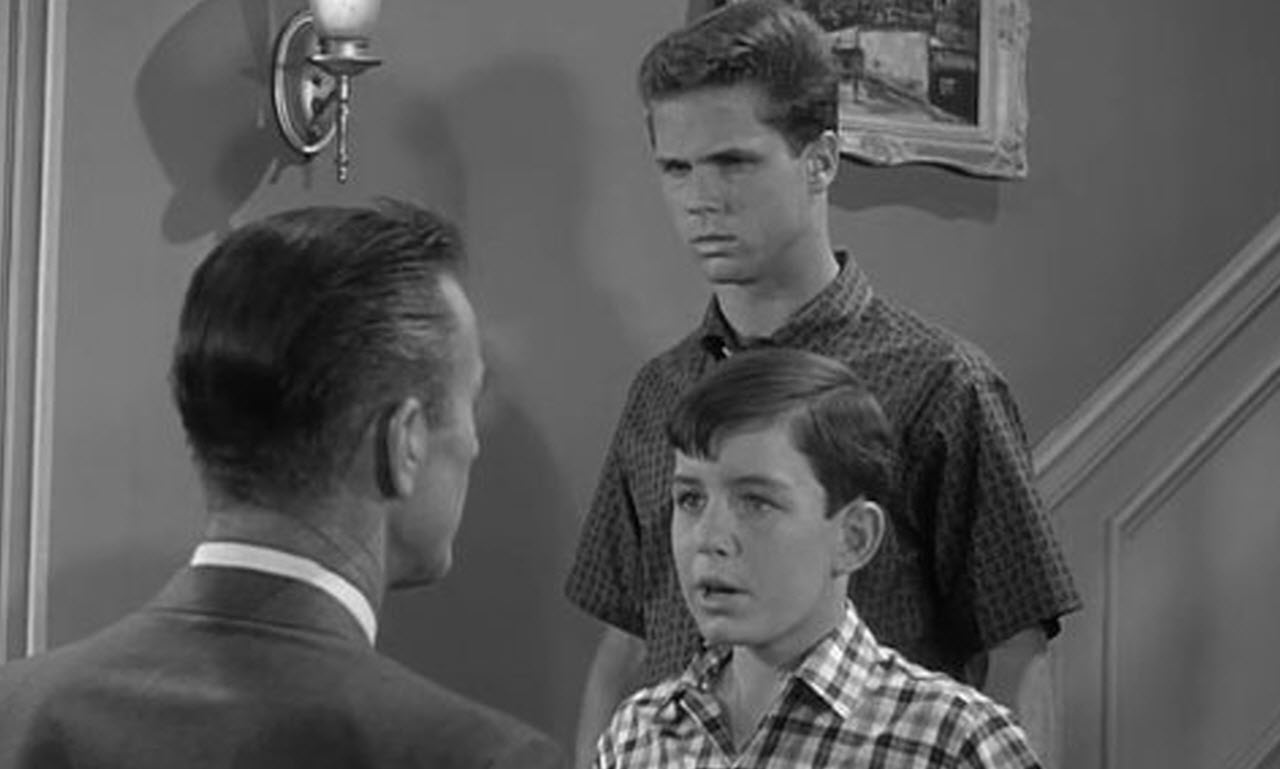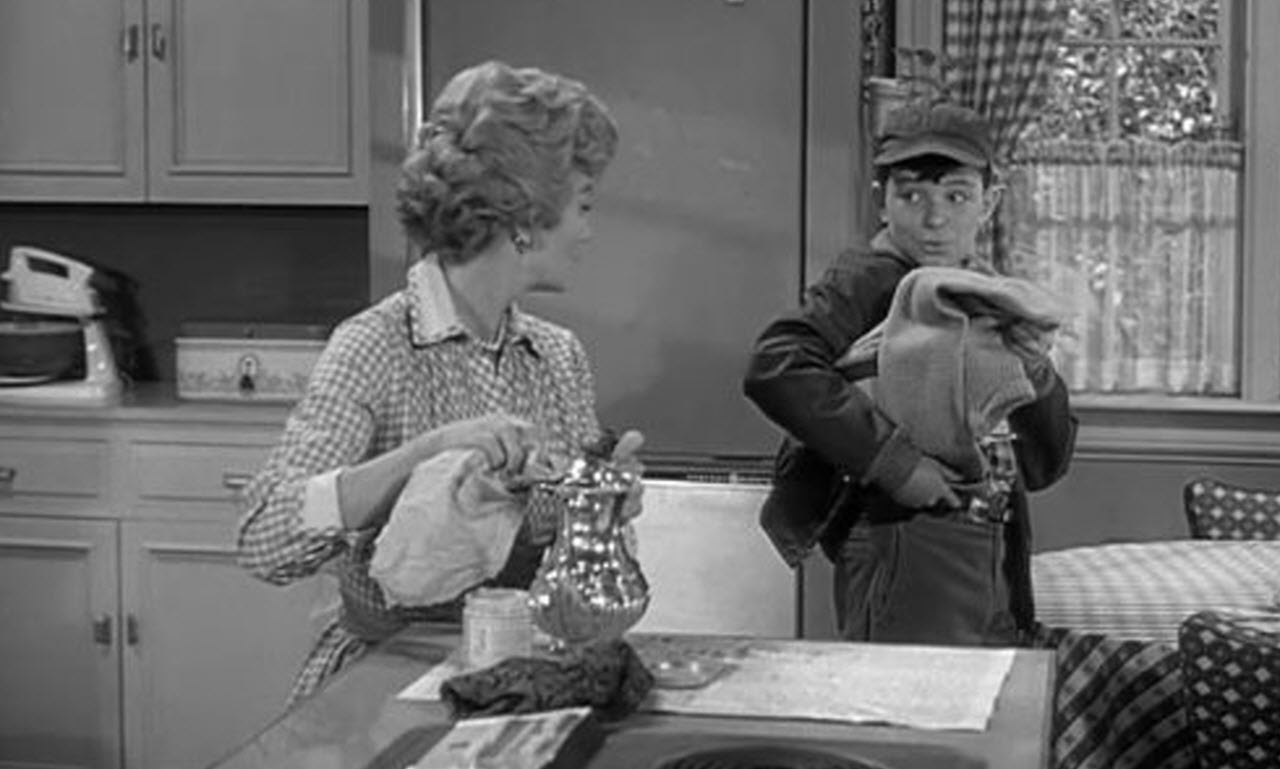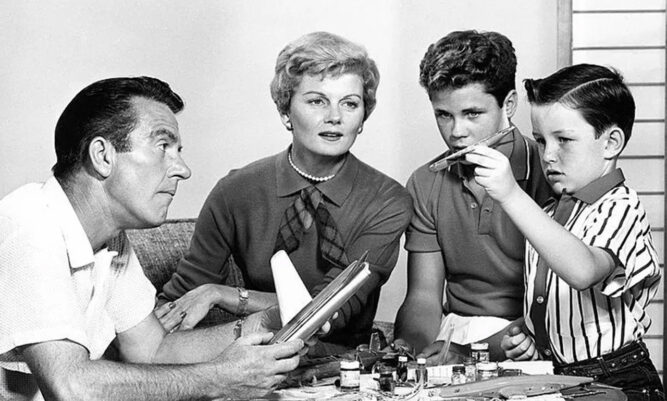When television historians talk about the golden age of family sitcoms, one title almost always rises to the top: Leave It to Beaver. Airing from 1957 to 1963, the series carved a unique niche in American culture by presenting a vision of family life that was equal parts relatable and aspirational. It became a benchmark for decency and wholesomeness, a kind of blueprint for what many thought the American household should look like.
But the story of Leave It to Beaver isn’t just about polished morals and clean humor. Beneath its reputation for perfection lie small quirks, subtle mistakes, and overlooked details that reveal its humanity. And in those imperfections, fans have found even more reasons to love it.

A Show That Defined Family Decency
At its heart, Leave It to Beaver offered something rare: a consistently warm, humorous take on childhood and parenthood. While other shows leaned into slapstick or exaggerated characters, this one thrived on quieter humor, carefully written scripts, and an ability to make audiences smile without crossing into cynicism.
The Cleavers embodied a sense of stability. Ward, the patient father, offered measured advice; June, the ever-graceful mother, kept the home a tidy and safe place; Wally and Beaver navigated the ups and downs of boyhood in ways viewers recognized in their own families.
Even decades later, people find themselves chuckling at the dialogue, admiring the timing, and appreciating the innocence that television so rarely attempts anymore.

The Beauty of Small Mistakes
Though the series projected an air of perfection, attentive fans have always delighted in catching little inconsistencies that slipped through the cracks. These moments didn’t undermine the show—they made it even more endearing.
Take the famous calendar in June Cleaver’s kitchen. Always pristine, her kitchen sparkled with meticulous detail. Yet in the 1963 episode The Poor Loser, the calendar hanging on the wall was two years out of date. It read 1961, a minor oversight in a show that otherwise prided itself on presenting the “ideal” home environment.
In the same episode, eagle-eyed viewers can spot another slip. Baseball tickets shown in the story misspelled the town’s name. Instead of “Mayfield,” the print read “Mayfied.” For fans, these tiny lapses became a kind of treasure hunt—proof that even the most carefully staged productions can’t completely escape human error.
The Bee That Wasn’t
One of the more humorous examples of behind-the-scenes trickery came during The Silent Treatment. In the episode, Beaver paints a door while being distracted by a bee buzzing around his face. What most audiences missed during the original broadcast was the fact that the bee wasn’t real at all.
Look closely, and you can see the string holding the faux insect, bobbing awkwardly as it “torments” the young actor. Instead of breaking the illusion, moments like this added an extra layer of fun for sharp-eyed viewers revisiting the series decades later.
Jerry Mathers and the Lasting Legacy
Central to the show’s appeal was Jerry Mathers, who played the titular Beaver. His wide-eyed innocence, mischievous streak, and earnest delivery brought the character to life in a way that resonated across generations. Fans saw a little of themselves, or their own children, in his mistakes and triumphs.
Mathers’ performance was so memorable that many wondered later in life if he remained anything like the boy he once portrayed. As of 2024, Mathers is 76 years old and very much alive, carrying with him a legacy tied forever to that era of television. Interviews over the years have shown him as a thoughtful man who appreciates the role but has also built an identity beyond it.
His continued presence is comforting to fans who grew up watching the series and still return to it for a dose of nostalgia. In many ways, his longevity mirrors the timelessness of the show itself.
A Time Capsule of American Television
Part of why Leave It to Beaver remains so beloved is that it reflects a time when television dared to be uncomplicated. There were no gritty plot twists, no excessive cynicism—just gentle lessons, relatable humor, and the comfort of a family that always found its way through small crises.
The mistakes and bloopers scattered throughout the series never diminished that message. Instead, they revealed the limitations of television production in the late 1950s and early 1960s. Sets weren’t flawless, props weren’t always checked twice, and the pace of creating dozens of episodes per season left room for oversights. But for modern viewers, those errors now act as tiny windows into how the show was made, reminding us that it was the product of hardworking people, not a factory of perfect illusions.
The Enduring Appeal
Generations later, Leave It to Beaver continues to be discovered by new audiences. Its humor, rooted in universal family dynamics, doesn’t age the way some shows do. Parents still see their children in Beaver’s innocent blunders. Children still recognize the frustration of not being understood by adults. And everyone can appreciate the lighthearted wisdom of Ward and June Cleaver.
Even the imperfections—the old calendar, the misspelled tickets, the fake bee—have become part of the charm. They add texture to a series often remembered for its smoothness, reminding fans that even an idealized vision of family life is made richer by a few rough edges.
Closing Thoughts
Leave It to Beaver was never just a sitcom. It was a cultural landmark, a mirror reflecting both what families wanted to see in themselves and what they aspired to become. While it stood out for its polished writing and wholesome humor, its small mistakes revealed its humanity.
In a strange way, those overlooked details keep the show alive. They invite viewers to rewatch episodes, not just for the nostalgia of simpler times, but for the thrill of catching something new—a prop error, a continuity slip, a tiny reminder that even television legends are made by human hands.
Jerry Mathers’ enduring presence today only deepens that legacy. As long as he continues to thrive, fans will always feel a living connection to the world of Mayfield, to the Cleavers, and to a sitcom that proved imperfection can coexist with greatness.
